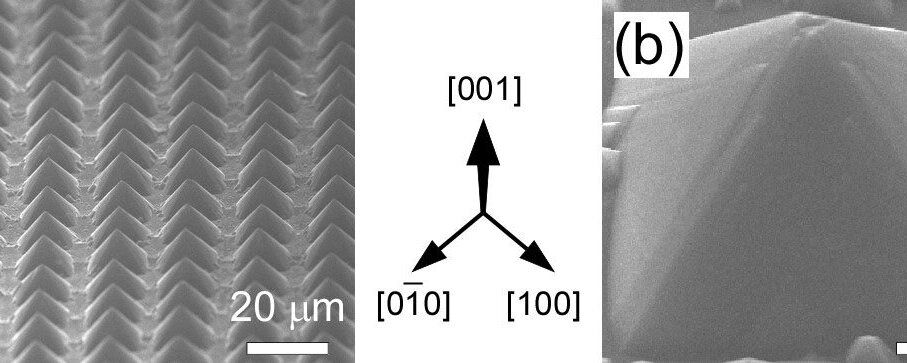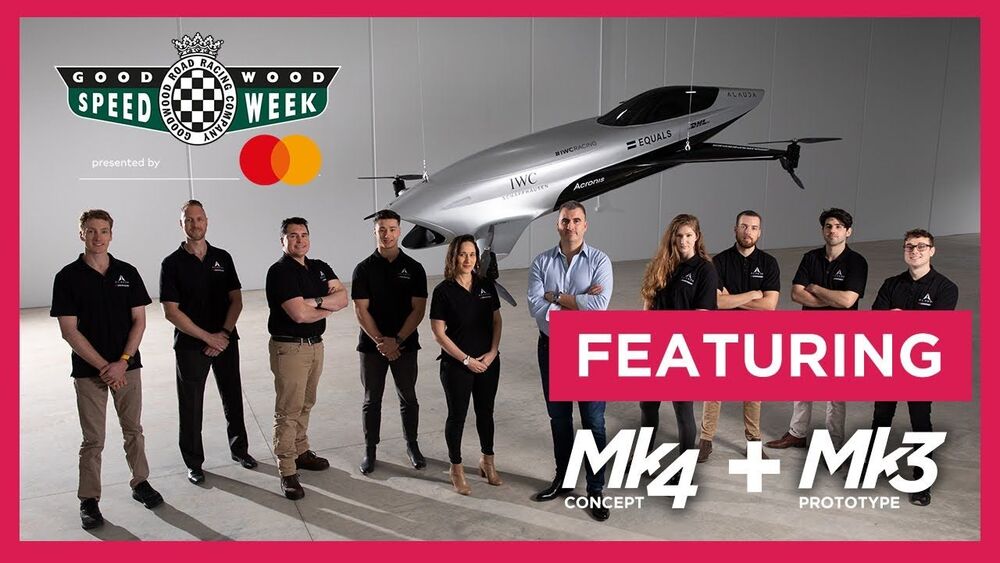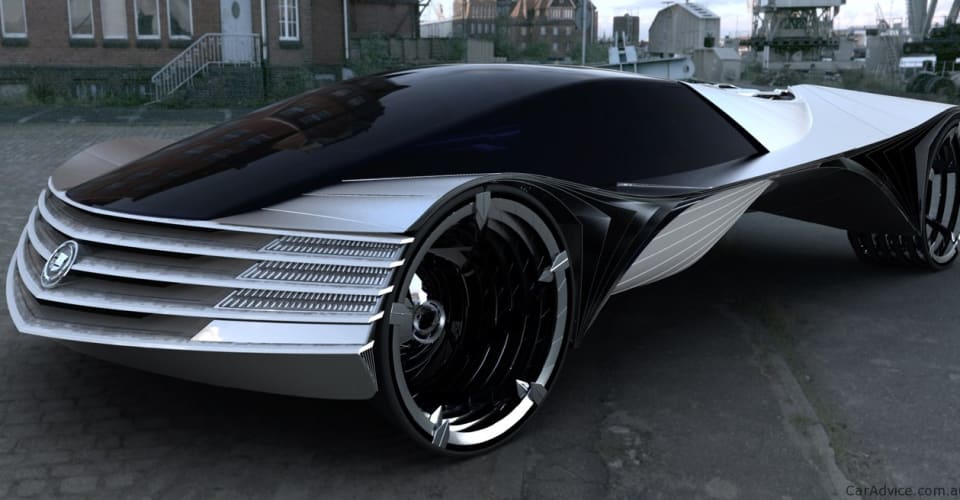Like.
Flying cars are fine — but why use a car when you can have a motorcycle instead? YC-backed startup JetPack Aviation wants to answer that question with the world’s first flying motorcycle, a personal aircraft dubbed “The Speeder,” a name that Star Wars fans will surely appreciate. Now, JetPack has raised a seed round of $2 million from investors indulging Draper Associates, Skype co-founder Jaan Tallinn, YC, Cathexis Ventures and a group of angels that it says will fund the development of the Speeder’s first functional prototype.
Back in March, JetPack revealed its plans for the Speeder, which it says will provide a fully stabilized ride that’s either pilot-controlled or fully autonomous. It can take off and land vertically, and reach top speeds of potentially over 400 MPH. There are no exposed rotors systems, which make it a lot safer and easier to operate than a lot of other VTOL designs and helicopters, and the company says it can also be refueled in less than 5 minutes, which is a dramatically shorter turnaround time for powering up versus an electric vehicle.









